by Glen Quagmire
“Walter Mitty is a fictional character in James Thurber’s short story ‘The Secret Life of Walter Mitty,’ first published in The New Yorker on March 18, 1939, and in book form in ‘My World and Welcome to It’ in 1942. ….. Mitty is a meek, mild man with a vivid fantasy life: in a few dozen paragraphs he imagines himself a wartime pilot, an emergency-room surgeon, and a devil-may-care killer. …. The American Heritage Dictionary defines a Walter Mitty as “an ordinary, often ineffectual person who indulges in fantastic daydreams of personal triumphs.â€
-Wikipedia, the free encyclopedia…
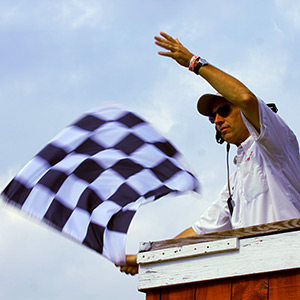
The National Auto Sport Association (nasa*) offers a wide range of motorsports activities nationwide, including their High Performance Driving Experience (HPDE) which provides on-track and classroom instruction for first-timers who want to experience the thrill of driving at speed on race tracks. www.nasaracing.net
Truth be told, there’s surely some of Walter Mitty in all of us. Rare is the person who has not imagined himself or herself heroically saving a person, a family, or even a city. And who among us has not watched a John Wayne war movie and pictured ourselves in an aerial dogfight against a faceless pilot in an enemy war plane? It’s just part of our DNA to want to be a hero or to live out a fantasy.
While many of our fantasies are destined to remain just that — fantasies — others often make it onto our personal “bucket lists†in the hope that we can actually fulfill them before we ultimately assume room temperature.
There’s little question that, for most of us “car people,†driving a race car at speed on a race track is something we’d like to do at some point. Some in our profession are fortunate enough to already be participating in some level of motorsports. Some are into drag racing, others run oval track cars on dirt or paving, others may race go-karts or motorcycles, and still others may prefer road racing of some sort. And many in our business play a supporting role, helping to prepare race cars and serving as pit crew members. But, for most of us, auto racing is just another item on our wish list.
Bit it doesn’t have to be that way. In fact, it’s much easier to drive, at speed, on a race track, than you might think.
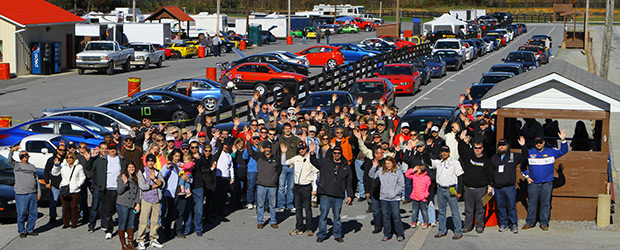
*nasa
Â
What’s the Deal?
In the quest for added revenue, many race track owners and managers across the country continue to explore ways to generate more business from their facilities, that typically stand quiet except for fair-weather weekends when competitive racing is taking place. What they’re finding, in increasing numbers, is that there is a growing interest in driving fast, thanks in no small part to the dramatic growth of interest in NASCAR racing.
The result, in many cases, is that track owners and managers are making their facilities available to folks who have never driven in competition, or even at speed, let alone on a race track. So, increasingly, track owners are scheduling “track days†which afford an opportunity to drive at speed, in our own cars, for those who may never have done so.
Typically these track days are offered on road courses, with lefts and rights, and ups and downs. Such courses offer a more interesting driving experience for first-timers than oval tracks.
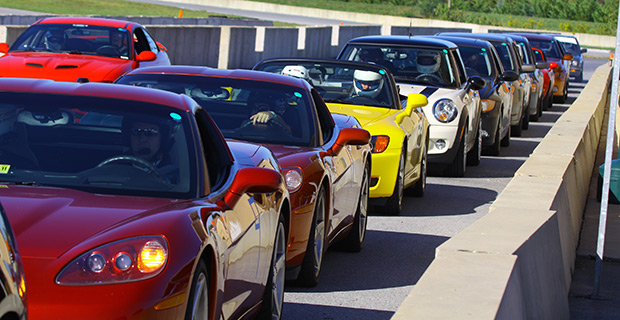
*nasa
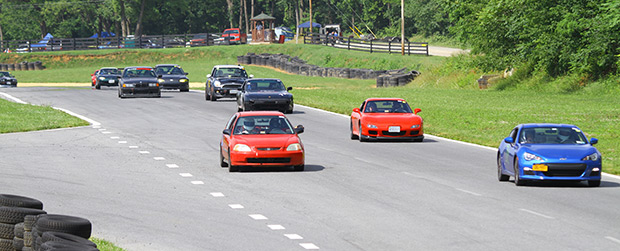
*nasa
So What’s It Like?
Track days are perfect for first-timers. They typically start with some classroom instruction, followed by the opportunity to drive on the track. The classroom time will cover a variety of subjects, most important of which will be safety rules, regulations and measures. They’ll cover the agenda for the day, strict rules about speeds and passing, and procedures for following the instructions of corner workers and safety personnel.
Typically corner workers will be on hand to display flags of different colors and designs to alert you of conditions on the track, which may include yellow flags indicating that caution is needed for some reason, a blue flag to indicate that you’re being followed closely, a red flag which, while rarely shown, is an “all stop where you are†signal for some important reason, or the dreaded black flag, which, when pointed at you, means, “Please come into the pits; we’d like to have a talk with you about something you did, usually not to compliment you…†Of course the green flag means “go,†the checkered flag means the session has ended, and a white flag may mean there’s one lap to go, or, when displayed with a yellow flag, may mean there’s an emergency vehicle like a tow truck on-track.
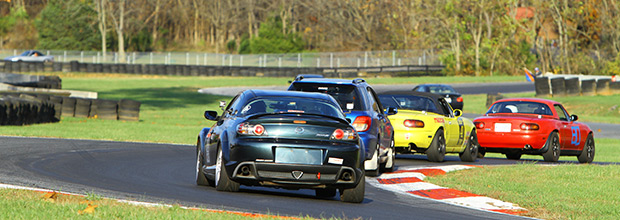
*nasa
The classroom session will also cover proper driving skills, such as when to slow the car in braking zones, where best to cut an apex of a corner, and where to begin accelerating out of a turn. It may also provide instruction on how to give hand signals to other drivers, such as a raised hand to indicate you are slowing or your car is disabled for some reason, or how to provide a “point-by†to indicate which side of your car an overtaking car should take if/when passing is permitted. Display of your middle finger to show displeasure is not usually recommended….
It’s common for speed to be regulated by a pace car, with a strict “no passing†rule in effect, at least early on. Individual instruction may or may not be offered, depending on the venue. Sometimes there will be several instructors who will ride along with each participant on a rotating basis. Other times personalized instruction may be offered at an additional cost.
A typical track day may involve a morning classroom session, followed by several on-track sessions of, perhaps, 20-30 minute duration each. Then a lunch break and perhaps further instruction or critique, and then perhaps three afternoon sessions. Normally each session will be at a speed a bit faster than the previous session, and it is common, in sessions later in the day, to allow passing, but typically only on straightaways.
The number of cars allowed on-track at any given time is commonly limited to, maybe, 8-10 cars, in order to allow instructors and observers the opportunity to watch and evaluate all of the drivers. If the sponsors accept more cars and drivers than that, they may likely establish several groups of cars, based on drivers’ experience levels along with the speed capabilities of their vehicles.

**Raceway Park
Track Day instructors often come from the ranks of professional and semi-professional race car drivers. Chief Instructor for the road course at Raceway Park in Englishtown, NJ is Chris Winter, part-time driver in the NASCAR Camping World Truck series, who certainly knows his way around a race track. On-track instruction is an important part of the road course program there, and sessions are offered nearly year-round as weather conditions permit.
Â
What Kind of Car Can I Drive?
For the most part, participants in track days drive their own car. This often includes sports cars or sporty cars — BMWs, Honda’s, Camaro’s, Mustangs, Corvettes, Porsches, and the like. But many facilities will let you participate in the family sedan, and sometimes even in SUVs. But vans and SUVs may not be permitted because they’re top-heavy and are more inclined to turn turtle at speed.
They’ll ask you to remove all loose objects from the cabin and trunk areas, and they’ll insist on vehicles having lap belts and shoulder harnesses. Normally factory-installed belt systems are just fine; racing belts and harnesses are not usually necessary. Convertibles are usually only permitted if they have a roll bar installed, although many targa-type roof structures are considered acceptable. Instructors may perform a reasonable tech inspection of your vehicle to be sure it’s safe.
What Does the Driver Need?
Usually nothing more than a valid driver’s license and a check book. Advance registration is usually required, and drivers will have to wear a helmet while on-track. Loaner helmets are often available at the track, but its always preferable to bring your own whenever possible.
When you register at the beginning of the day you’ll most likely be asked to sign a waiver form to release the sponsors and managers from liability should anything bad happen. This is standard practice for virtually all such events and while there’s certainly an element of risk involved when driving at speed, track days are considered very safe, incidents are rare, and injuries almost unheard-of.
How Fast Can I Drive, and What Else Can I Expect?
Speeds will depend on a variety of factors — track configuration, types of vehicles, drivers’ experience levels, and, most important, the judgment of the instructors as to what they consider safe speeds based on their observations of you and the other drivers. That being said, with sufficient straightaways and vehicle capabilities, you might well reach speeds of 100 miles per hour or even more.
First-timers are both welcomed and encouraged to participate. But you’ll likely also find those who take track days more seriously. It’s not uncommon for track day regulars to show up with a dedicated track-only car on a trailer. Others may show up in daily-driver sports or sporty cars with an extra set of wheels and tires for use on the track. Instructors will be careful to group cars and drivers so you won’t have to worry about getting dive-bombed by a Mario Andretti wannabe in a Porsche or Corvette if you’re driving a Honda or Toyota.
What Does It Cost, and How Can I Find Out More?
Entry fees for track days often run in the $200-250 range per day, and much of this goes toward track rental and liability insurance for the track, as you might expect. It’s also common for track days to be offered in two or even three-day packages, since many folks travel some distance to get to a suitable track, and may stay overnight in order to make a weekend of it. If you’re fortunate enough to have a race track within reasonable driving distance, you’re among the lucky ones.
You can find more information from race tracks’ web sites, or by calling the track directly. The track may be able to provide schedule information, although the track day events are typically run by a club or racing sanctioning body. You may find that track days are being held by enthusiast clubs of owners of BMWs, Porsches, Corvettes, and other marques. Very often they’ll allow “newbies†and owners of other kinds of cars to participate in order to increase car count and revenue, since track rental is not a cheap undertaking.
Track days offer an inexpensive and newbie-friendly way to find out if driving at speed is something you’d like to pursue. If you’d like to take this to the next level, you might consider a professional driving school, offered at many/most of the major road courses in the country. Such schools offer more intensive personal instruction, more track time, and often include the use of a school-provided race-prepared car, which may be a sporty car or even open-wheeled formula cars. Your race track web site or manager will be able to provide you with all the details.
*nasa photos, courtesy Chris Schutze – Finish Line Productions www.finishlineprod.net
*Raceway Park photos, courtesy of Martin Pelta, www.martyphoto.net
Â



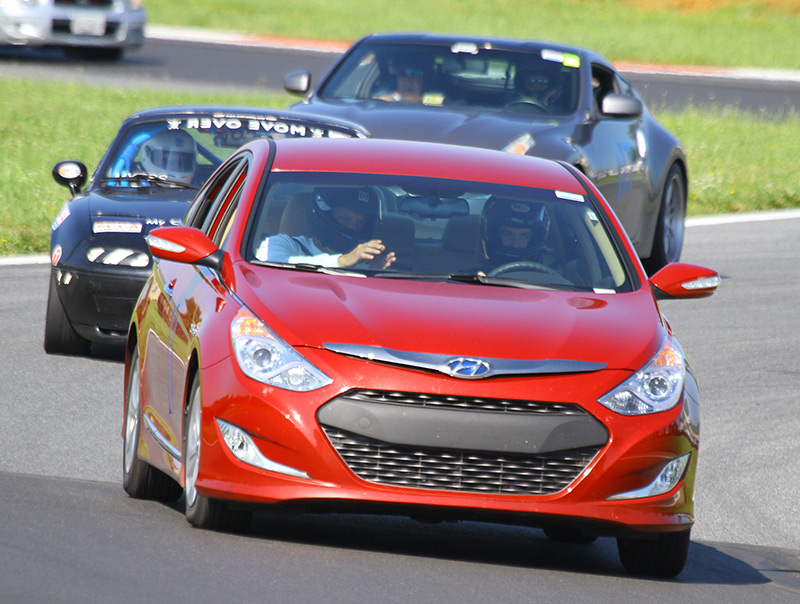

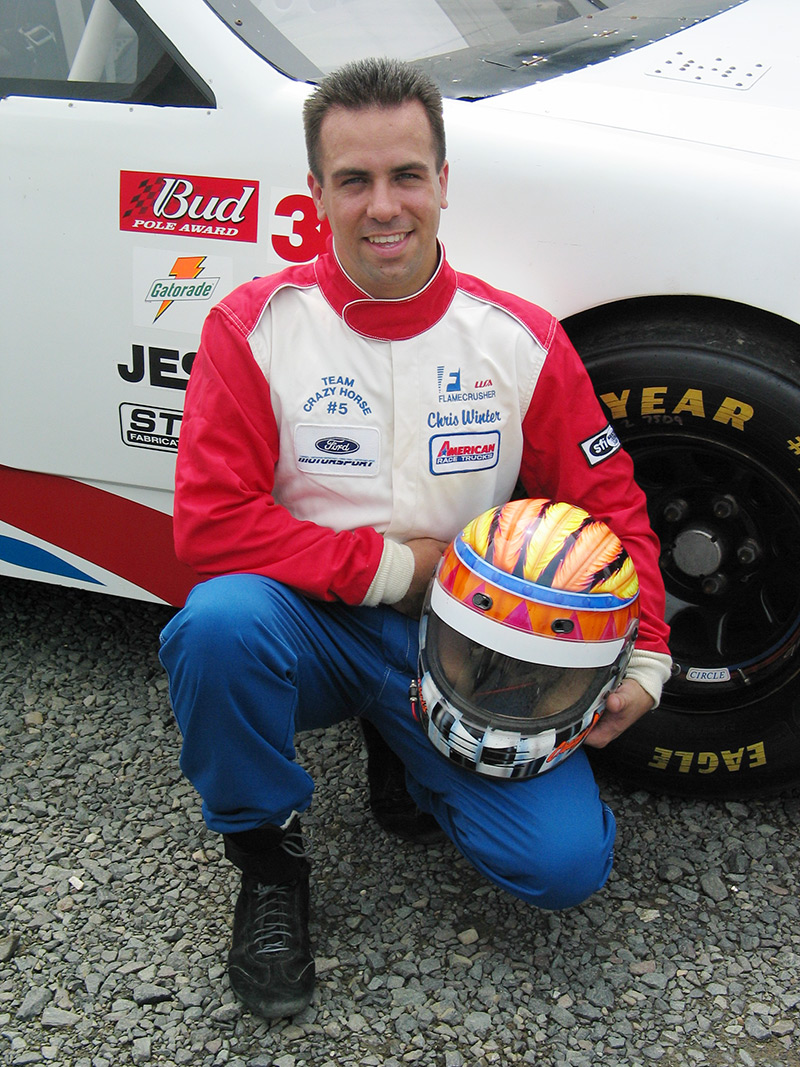

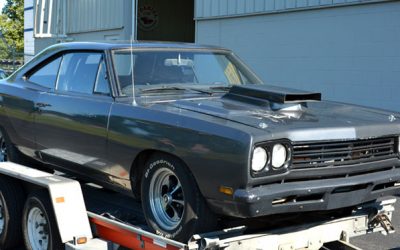


0 Comments